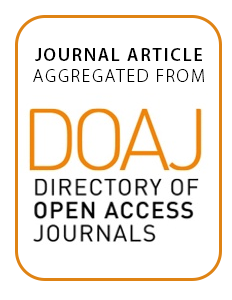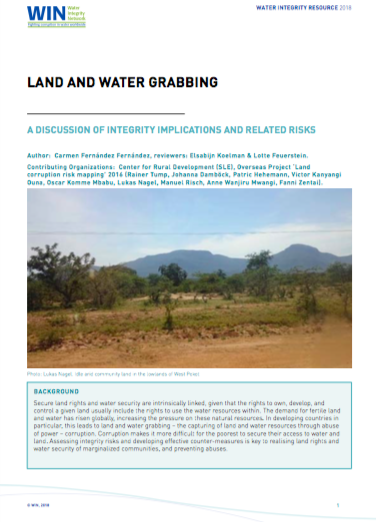Higher-than-present Medieval pine (Pinus sylvestris) treeline along the Swedish Scandes
The upper treeline of Scots pine (Pinus sylvestris L.) is renowned as a sensitive indicator of climate change and variability. By use of megafossil tree remains, preserved exposed on the ground surface, treeline shift over the past millennium was investigated at multiple sites along the Scandes in northern Sweden. Difference in thermal level between the present and the Medieval period, about AD 1000-1200, is a central, although controversial, aspect concerning the detection and attribution of anthropogenic climate warming.





